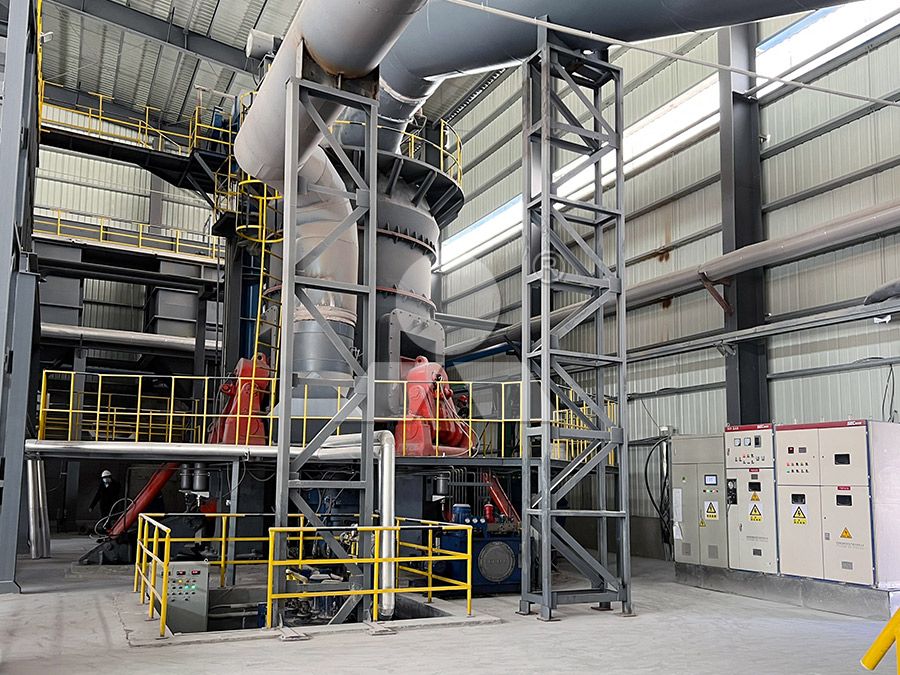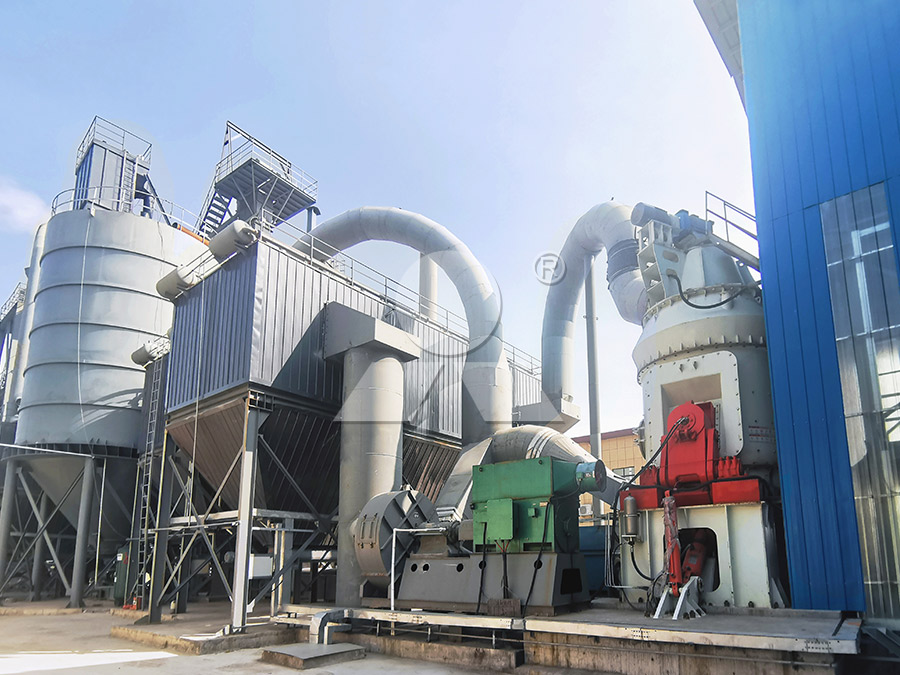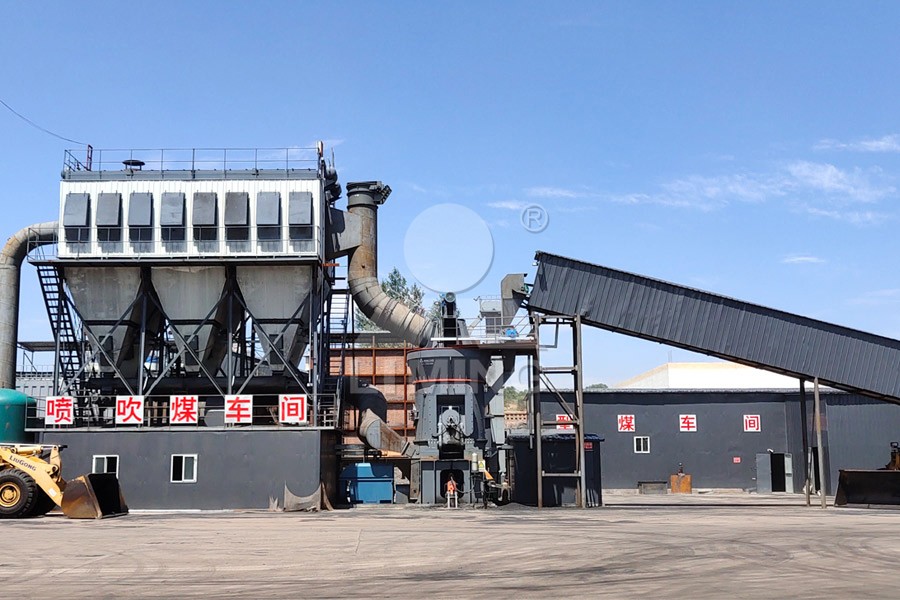Can Vertical Roller Mills Process Slag, Furnace Slag, and Granulated Blast Furnace Slag?
Processing Industrial Byproducts: The Vertical Roller Mill Solution
The mineral processing industry constantly seeks efficient methods to transform industrial byproducts into valuable materials. Among these byproducts, various forms of slag—including furnace slag and granulated blast furnace slag—present both challenges and opportunities. The question often arises: can vertical roller mills effectively process these materials into usable products?
The answer is a resounding yes. Modern vertical roller mills have been specifically engineered to handle the unique characteristics of slag materials, transforming what was once considered waste into high-value additives for cement, concrete, and other construction applications.

Understanding Slag Varieties and Their Processing Requirements
Slag comes in several forms, each with distinct properties that influence processing methods:
Furnace Slag typically requires coarse to medium-fine grinding for use as aggregate or cement additive. Its variable composition demands robust equipment capable of handling abrasive materials without excessive wear.
Granulated Blast Furnace Slag (GBFS) presents different challenges. This glassy, granular material forms when molten slag is rapidly quenched with water. GBFS requires fine grinding to develop its latent hydraulic properties, transforming it into an excellent supplementary cementitious material.
The key to successful slag processing lies in selecting equipment that can handle the abrasive nature of these materials while achieving the required fineness economically.
Advanced Mill Technology for Slag Applications
Our LM Vertical Slag Mill represents the pinnacle of slag processing technology. Specifically designed for industrial waste materials, this mill integrates drying, grinding, powder selection, and conveying in a single compact system. With an input size capability of 38-65mm and capacity ranging from 7-100T/H, it handles the full spectrum of slag processing requirements.
The LM Vertical Slag Mill’s unique grinding device achieves integration of grinding and powder selection, focusing specifically on slag milling challenges. Its vertical structure reduces covered area by approximately 50% compared to ball milling systems, while energy consumption drops by 30-40%—significant advantages in today’s efficiency-conscious market.

Technical Advantages for Slag Processing
What makes vertical roller mills particularly suitable for slag applications?
Wear Resistance: Slag’s abrasive nature demands exceptional durability. Our mills feature important parts made of quality steel and wear-resistant components manufactured from high-performance materials, ensuring reliable operation and extended service life even with the most challenging slag varieties.
Process Integration: The ability to dry and grind simultaneously is particularly valuable for slag with residual moisture. This integrated approach eliminates the need for separate drying equipment, reducing both capital and operating costs.
Product Quality: The finished powder exhibits uniform fineness and high screening rates, essential characteristics for slag destined for cement and concrete applications. The controlled grinding environment ensures consistent product quality batch after batch.
For operations requiring ultra-fine slag powder, our MW Ultrafine Grinding Mill offers additional capabilities. With an adjustable fineness between 325-2500 meshes and capacity of 0.5-25 tph, this machine produces premium quality ultrafine slag powder for specialized applications. Its innovative design features higher yielding with lower energy consumption—achieving 40% higher production capacity than jet grinding mills with only 30% of the energy consumption.
Environmental and Economic Benefits
Beyond technical performance, vertical roller mills for slag processing deliver substantial environmental advantages. The complete system operates under negative pressure, preventing dust溢出 and maintaining clean working conditions. Noise reduction technologies ensure operations comply with environmental standards, while the transformation of industrial waste into valuable products represents the ultimate in circular economy practices.

From an economic perspective, the efficiency gains are compelling. The LM Vertical Slag Mill’s two-in-one grinding and powder selection process reduces investment costs significantly, while lower energy consumption and reduced maintenance requirements translate to improved operational economics over the equipment’s lifetime.
Frequently Asked Questions
Can vertical roller mills handle the abrasive nature of slag?
Yes, specifically designed models like our LM Vertical Slag Mill incorporate wear-resistant materials and specialized designs to withstand slag’s abrasive characteristics, ensuring long service life and consistent performance.
What fineness can be achieved when grinding slag?
Depending on the mill selected, fineness can range from standard cementitious grades to ultra-fine powders exceeding 2500 meshes with the MW Ultrafine Grinding Mill, suitable for various industrial applications.
Is simultaneous drying and grinding possible?
Absolutely. Our vertical roller mills integrate drying capabilities, handling materials with residual moisture without requiring separate drying equipment, thus simplifying the process and reducing costs.
How does energy consumption compare to traditional ball mills?
Vertical roller mills typically reduce energy consumption by 30-40% compared to ball milling systems, making them significantly more economical for slag processing operations.
What about maintenance requirements?
Advanced designs featuring reversible structures and external lubrication systems minimize maintenance needs and reduce downtime, with original spare parts ensuring worry-free operation.
